Install the app
How to install the app on iOS
Follow along with the video below to see how to install our site as a web app on your home screen.
Note: This feature may not be available in some browsers.
You are using an out of date browser. It may not display this or other websites correctly.
You should upgrade or use an alternative browser.
You should upgrade or use an alternative browser.
Sukellusveneet
- Viestiketjun aloittaja Nojatuolistrategi
- Aloitus PVM
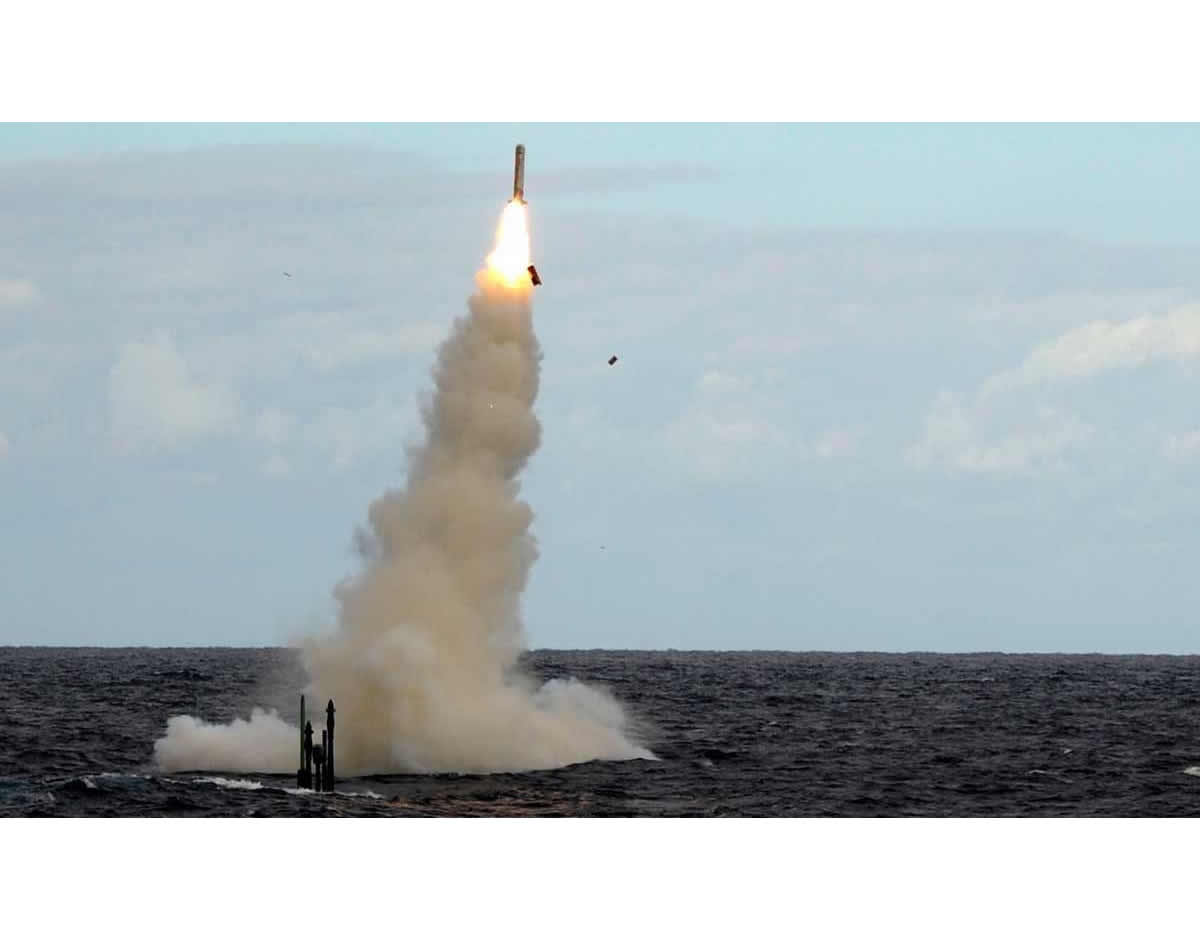
Australia to Upgrade Collins Submarines with Tomahawk Missiles - Naval News
Australia is looking at outfitting its in-service Collins-class submarines with Tomahawk land attack cruise missiles as part of their forthcoming Life of Type Extension (LOTE).
USS Conneticutin haaverin osalliset olivat suve, vedenalainen vuori, ja päällystö. Veneen kapteeni uskoi väkeensä, ja vähätteli miehistön harjoituksia siihen pisteeseen asti että amiraliteetti hermostui ja antoi käskyt kirjallisena. Vuosi ennen onnettomuutta, Conneticulla oli haaveri San Diegon laiturin kanssa ja päällystölle suunniteltiin rankaistuksia. Kapteeni sai potkut ja vene lähti matkalle uuden kipparin kanssa.
Uusi kapteeni harjoitti miehistönsä siihen pisteeseen että niitä ei enään napannut tutkia hälytyksiä. Ja yksi niistä oli hälytys lähestyvästä vuoresta. Eli lyhyesti koko väki oli kädetetty siihen pisteeseen että hommaa ei otettu tosissaan, vaikka ne oli kuuden kuukauden komennuksella. Kukaan ei tiennyt missä pohja oli veneen yövuorolla, ja kukaan päällystöstä ei vaivautunut, kun homma ei vain napannut.
Aamu vuoron herättyä kukaan ei kertonut vaihdolle mikä oli ongelma. Vene oli vaarallisella kurssilla, ilman että kukaan tiesi missä he olivat, taikka missä pohja taikka vedenalaiset vuoret olivat. Kukaan ei kertonut vaihdossa että koneessa on ongelma ja kenelläkään ei ole täydellistä tilannekuvaa.
Turma päivänä uusi kippari antoi käskyn että "turvallisuus briiffiä ei tarvita, koska se ei ollut haluttu." Kukaan ei tiennyt missä he olivat. Navigaattori ilmoitti ongelmasta, mutta päällystö kohautti olkiaan, koska kello oli kuusi aamulla. Sitten kuulo ilmoitti "biologisesta" keulan edessä, tajuamatta että hän kuuli oman veneensä kaiun heijastuvan sonariin ennen törmäystä 16 solmun vauhdilla.
Härdellissä he nostivat veneen pinnalle hädissään. Miehistö toimii kuten on harjoiteltu. GPS vahvistaa että ne on pahasti ohi kurssilta, ja vene ottaa vettä. He upposivat pinnalta, ja miehistö piti veneen uuden kipparin avulla kulussa, kunnes he pystyivät palaamaan takaisin pinnalle.
Loppu on historiaa.
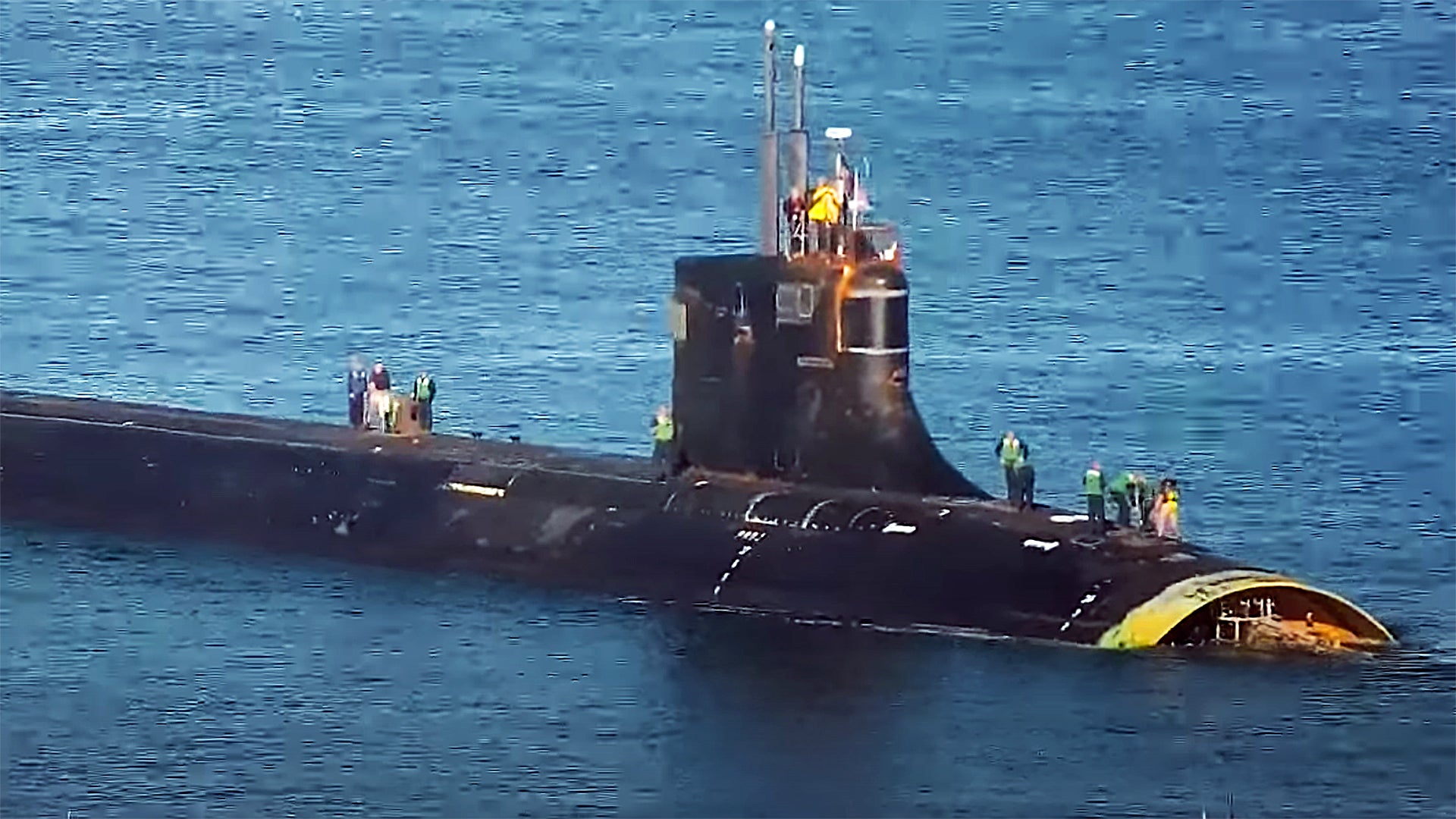
The Story Of How The Submarine USS Connecticut Crashed
This is the how USS Connecticut ended up impacting a seamount, which required the crew to fight to keep the badly damaged submarine from sinking.
Piiiiitkä artikkeli samasta aiheesta.
Lisätietoa tästä? Kaatui toki skandien säästöjen takia, mutta muistatteko aikalaiskokemuksia?
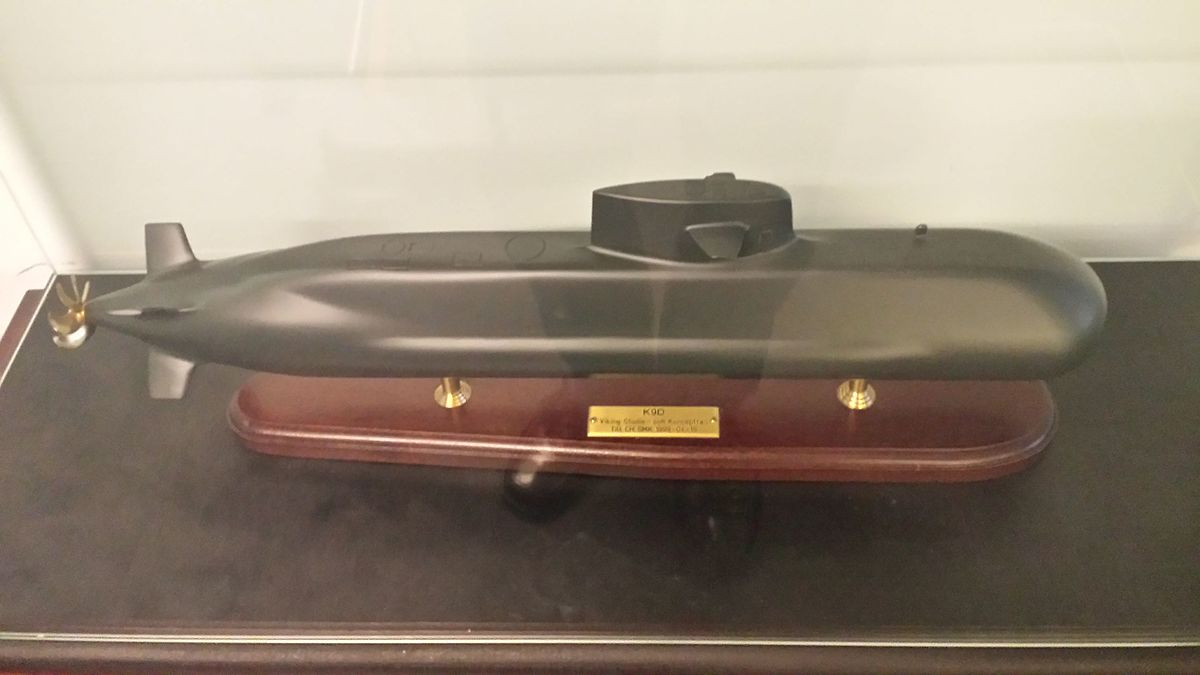
 en.wikipedia.org
en.wikipedia.org
Finland was an observer of the Viking project, as an eventual future buyer of additional Viking submarines.

Viking-class submarine - Wikipedia
Viimeksi muokattu:
Koko hankehan kuivui nopeasti kasaan. Ehkä hyvä niin, ei tullut uutta NH:taLisätietoa tästä? Kaatui toki skandien säästöjen takia, mutta muistatteko aikalaiskokemuksia?

Viking-class submarine - Wikipedia
en.wikipedia.org
 Pohjatyö jäi kuitenkin olemaan ja palvelee tulevia veneitä.
Pohjatyö jäi kuitenkin olemaan ja palvelee tulevia veneitä.Meikäläisten osuus lienee ollut teknologiaan tutustumista ja kehityksen aallonharjalla pysyttelyä, tai pikemminkin sinne pyrkimistä.
Olympiakasarmi
Kenraali
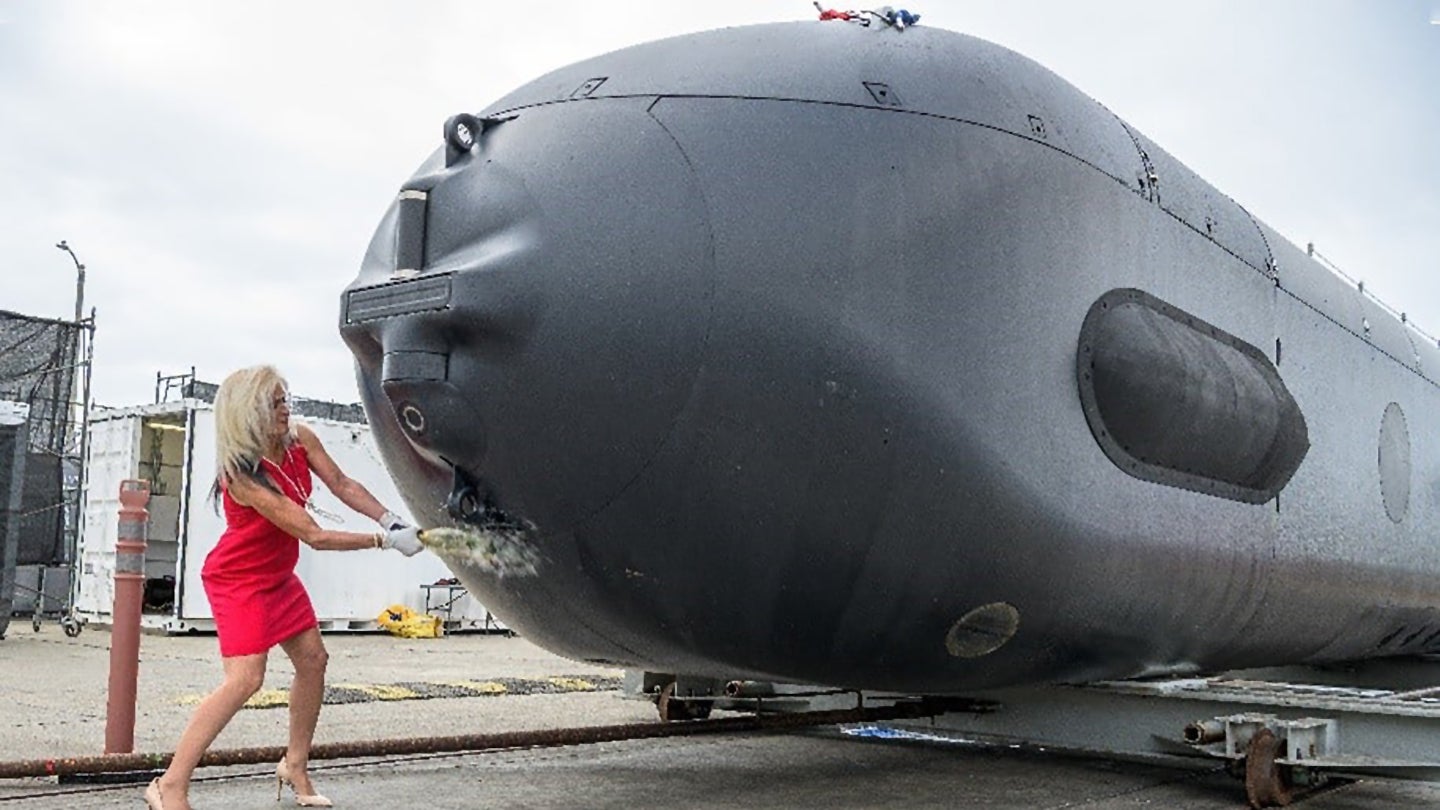
Navy's 85-Foot Orca Unmanned Submarine Will Be A Minelayer First
The first Boeing-built Orca unmanned submarine will begin testing this summer and its first mission will be laying sea mines.
Australiassa laitetaan kättä taskuun, koska he eivät ostakaan ranskalaisia suklareita.

 www.abc.net.au
www.abc.net.au
'Champagne corks popping' after Australia's $830 million French submarine compensation payment
French company Naval Group says its $830 million compensation deal for the scrapped future submarine program is "fair and equitable", as debate continues over whether Australia has paid too much to make things right.
tulikomento
Supreme Leader
Epsanjan laivaston sukellusveneen matkassa.
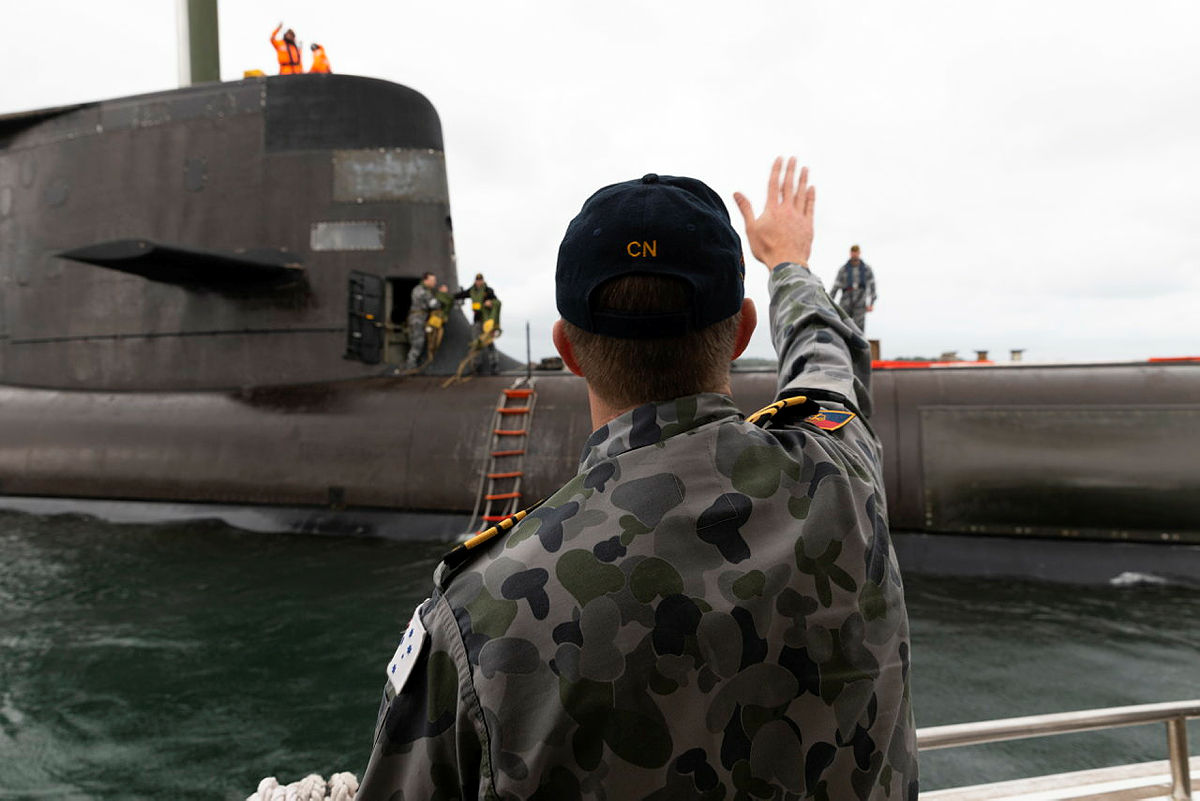
Australia’s transition to nuclear-powered submarines could run into the 2060s | The Strategist
In our most recent article, we argued that the Australian government should widen the aperture of the lens through which it is scrutinising industrial strategies for acquiring and sustaining Australia’s nuclear-powered attack submarine (SSN) capability. ...
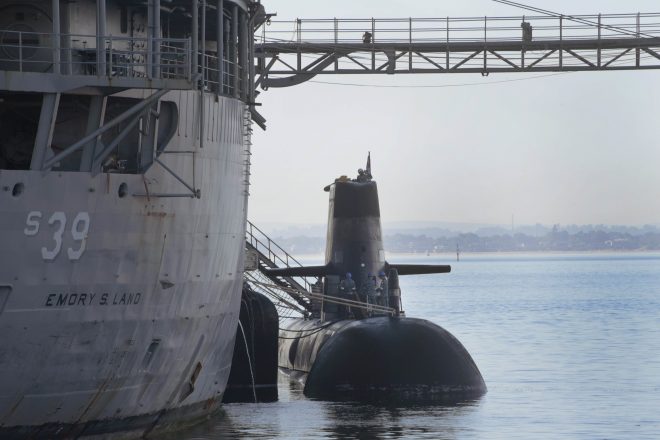
Australia to Pick Nuclear Submarine Design in Early 2023, Says Official - USNI News
WASHINGTON, D.C. — The Australian government is set to announce the design for its first nuclear submarine in the first quarter of 2023, its deputy prime minister and defense minister said Thursday. Canberra is also looking to see how it can speed up the process for getting the chosen submarine...
Hyvää pohdintaa. SSN-laivueen ylläpito vaatii paikallista teollisuutta ja jatkuvuutta. Briteiltä saa tähän hyvän mallin USA:ta pienemmässä mittakaavassa toimittaessa.
Australia’s transition to nuclear-powered submarines could run into the 2060s | The Strategist
In our most recent article, we argued that the Australian government should widen the aperture of the lens through which it is scrutinising industrial strategies for acquiring and sustaining Australia’s nuclear-powered attack submarine (SSN) capability. ...www.aspistrategist.org.au
Submarines are valued primarily for their ability to hide. The assurance that submarines would likely survive the first missile strike in a nuclear war and thus be able to respond by launching missiles in a second strike is key to the strategy of deterrence known as mutually assured destruction. Any new technology that might render the oceans effectively transparent, making it trivial to spot lurking submarines, could thus undermine the peace of the world. For nearly a century, naval engineers have striven to develop ever-faster, ever-quieter submarines. But they have worked just as hard at advancing a wide array of radar, sonar, and other technologies designed to detect, target, and eliminate enemy submarines.
The balance seemed to turn with the emergence of nuclear-powered submarines in the early 1960s. In a 2015 study for the Center for Strategic and Budgetary Assessment, Bryan Clark, a naval specialist now at the Hudson Institute, noted that the ability of these boats to remain submerged for long periods of time made them “nearly impossible to find with radar and active sonar.” But even these stealthy submarines produce subtle, very-low-frequency noises that can be picked up from far away by networks of acoustic hydrophone arrays mounted to the seafloor.
And now the game of submarine hide-and-seek may be approaching the point at which submarines can no longer elude detection and simply disappear. It may come as early as 2050, according to a recent study by the National Security College of the Australian National University, in Canberra. This timing is particularly significant because the enormous costs required to design and build a submarine are meant to be spread out over at least 60 years. A submarine that goes into service today should still be in service in 2082. Nuclear-powered submarines, such as the Virginia-class fast-attack submarine, each cost roughly US $2.8 billion, according to the U.S. Congressional Budget Office. And that’s just the purchase price; the total life cycle cost for the new Columbia-class ballistic-missile submarine is estimated to exceed $395 billion.
The twin problems of detecting submarines of rival countries and protecting one’s own submarines from detection are enormous, and the technical details are closely guarded secrets. Many naval experts are speculating about sensing technologies that could be used in concert with modern AI methodologies to neutralize a submarine’s stealth. Rose Gottemoeller, former deputy secretary general of NATO, warns that “the stealth of submarines will be difficult to sustain, as sensing of all kinds, in multiple spectra, in and out of the water becomes more ubiquitous.” And the ongoing contest between stealth and detection is becoming increasingly volatile as these new technologies threaten to overturn the balance.
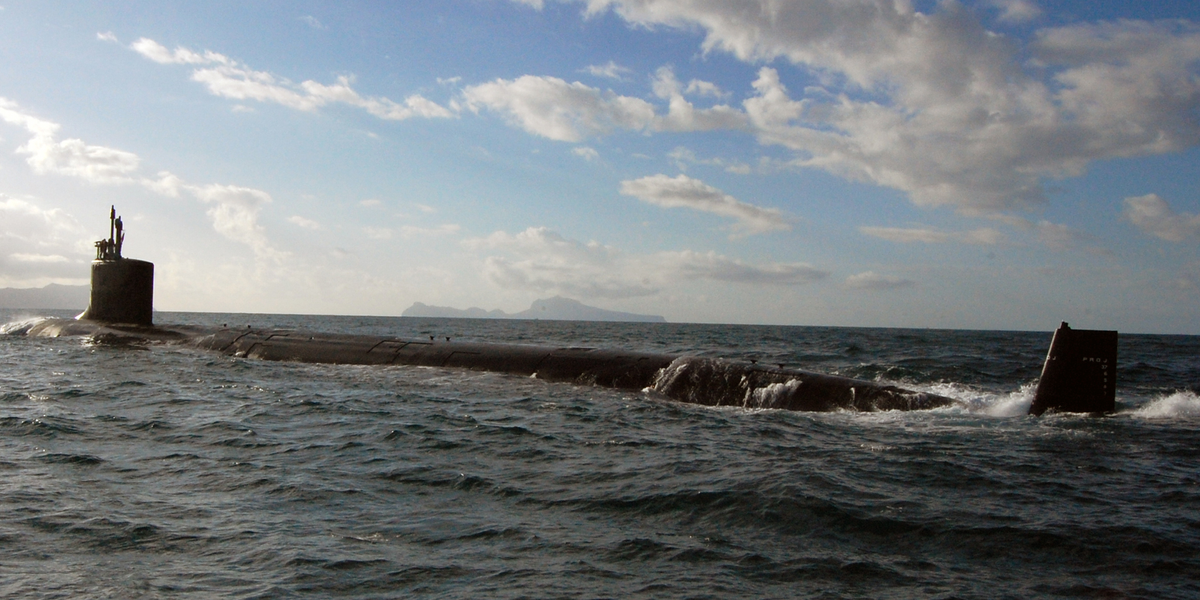
Will AI Steal Submarines’ Stealth?
That may bode ill for nuclear deterrence and the peace of the world
 spectrum.ieee.org
spectrum.ieee.org
"Recent reports about the withdrawal of Dmitry Donskoy from the Russian Navy do not correspond to reality," one of TASS' sources said, as translated by Newsweek. "The ship is currently performing combat training tasks at sea, participating in combat training activities. It will remain in combat formation at least until the end of the year."
At the time of writing, there do not appear to be any official statements on this matter one way or the other from any arm of the Russian government.
If Dmitry Donskoy is really out of service for good and set to face the scrapper's torch, this would absolutely mark an end of an era for the Russian Navy. The Soviet Union built six of these submarines, officially known as the Project 941 Akula class – not to be confused with the Project 971 Shchuka-B class, which the U.S. military and NATO refer to as the Akula class – between 1976 and 1989.
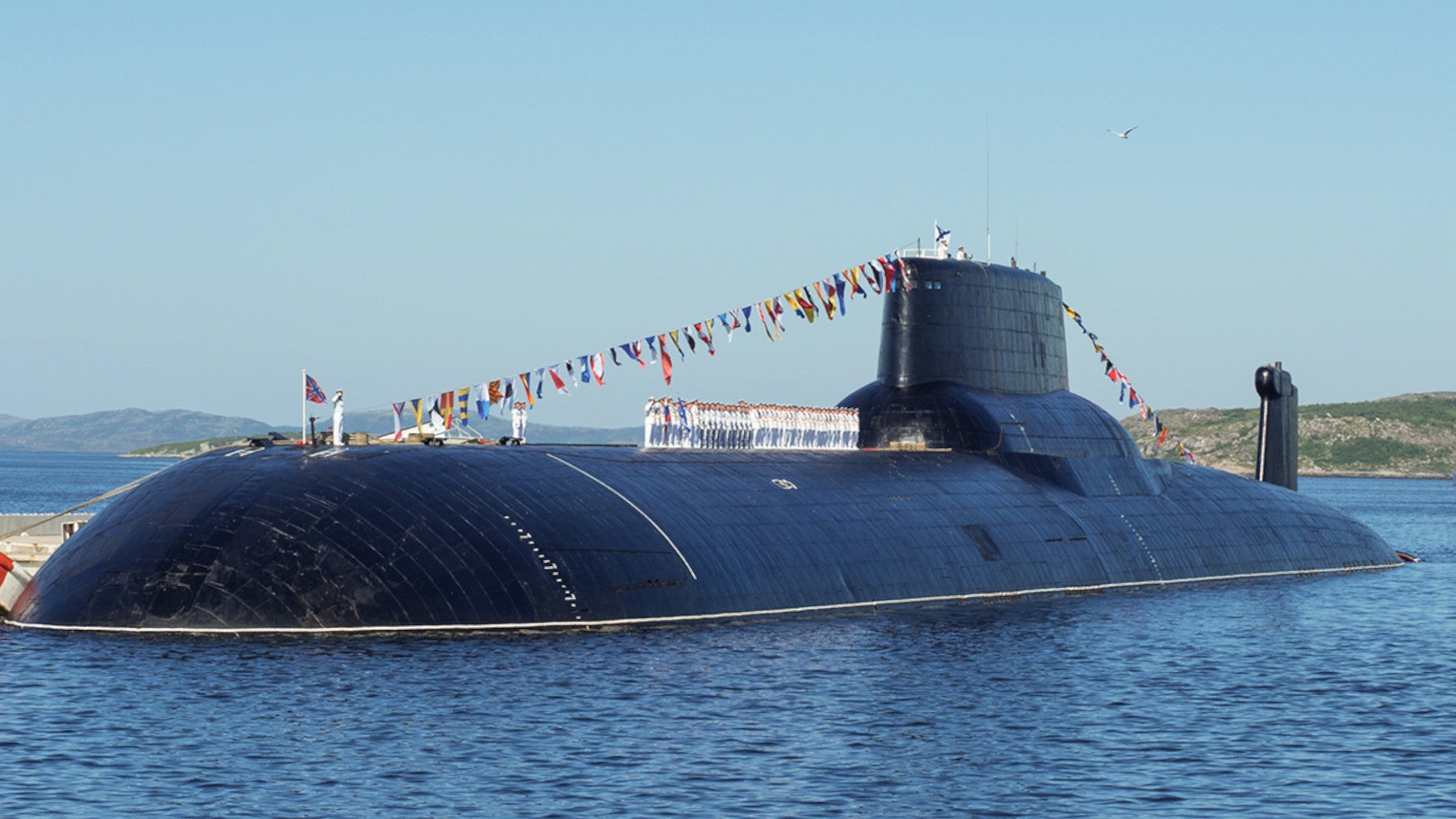
Claims Swirl Around The Fate Of Russia’s Last Huge Typhoon Class Submarine
The story of Russia's iconic Typhoon class submarines looks to be getting closer to its conclusion.
Arms control agreements with the United States, coupled with the collapse of the Soviet Union and the end of the Cold War in 1991, and the economic devastation that subsequently befell Russia, led to the steady retirement of the other five Typhoons between 1996 and 2013. The Soviets had also laid down a seventh boat in 1986, which was left unfinished and ultimately scrapped. TK-12 Simbirsk, TK-13, and TK-202 have all now also been disposed of, but TK-17 Arkhangelsk and TK-20 Severstal are still languishing pier side at the Russian Navy's base at Severodvinsk.
More recently, independent naval analyst H.I. Sutton, who focuses primarily on all things military that ride beneath the waves, posted satellite imagery on social media of what he said appeared to be the Dmitry Donskoy sailing together with Belgorod in the White Sea. It wouldn't be surprising that these two massive submarines might have been conducting test or training activities together, which would also be in line with TASS's sources saying that TK-208 is still very much in use. The Russian Navy only announced that it had formally commissioned Belgorod into service at the beginning of July.
It is certainly possible that the RIA Novosti and TASS stories about Dmitry Donskoy are both technically correct. The Russian government could now be largely settled on a plan to decommission the submarine, which is certainly very costly to maintain and operate, but could still be ironing out the particulars. The Russian Navy hopes to commission a new Project 955A Borei-A class ballistic missile submarine with the name Dmitry Donskoy in 2029, which could point to that being a hard deadline for the retirement of the last Typhoon. Of course, TK-208 could always just be renamed. Still, that is seven years out for a boat that is already the only of its kind in operation and four decades old.
It is worth noting that another anonymous source told TASS last year that Dmitry Donskoy was unlikely to be decommissioned for at least another five years. However, this was before Russia found itself under a mountain of crippling economic sanctions as a result of its all-out invasion of Ukraine in February. It can only be costly and complex to maintain this sole remaining Typhoon, which has been modified in various unique ways over the years now. The three scrapped examples, along with TK-17 and TK-20, have likely provided more readily available sources of spare parts, but as time goes on even conducting routine maintenance will no doubt become more complicated and costly.
Liikkuvan maalin torpedointi. Ympäristöystävällisyys lienee huonommalla tolalla kuin SINKEX harjoituksissa joissa maalialuksesta on poistettu menovesi yms.
Leaderwolf
Respected Leader
Meinaatko ettei olla tankattu pelkästään biohajoavia voitelu ja polttoöljyjä ennen upotusta?Liikkuvan maalin torpedointi. Ympäristöystävällisyys lienee huonommalla tolalla kuin SINKEX harjoituksissa joissa maalialuksesta on poistettu menovesi yms.

(1965 scheme to recover USSR space hardware from the ocean bed)
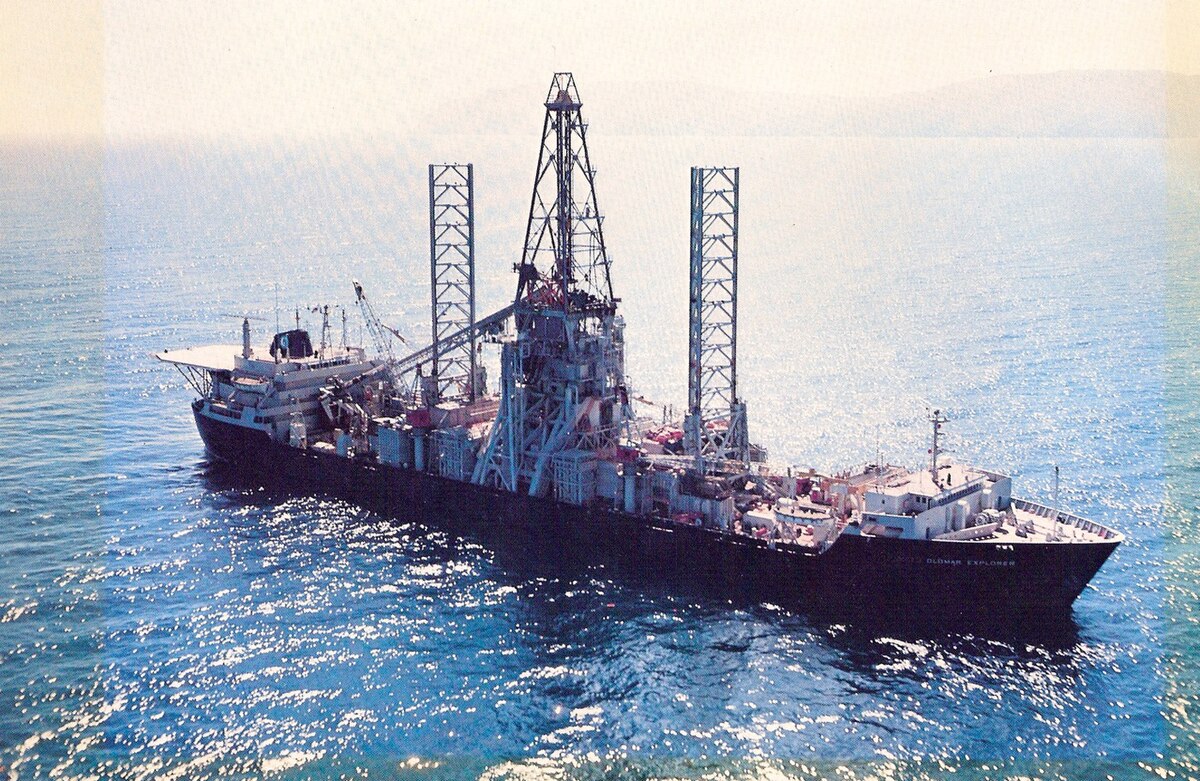
 fi.wikipedia.org
(CIA:n salainen operaatio, jonka tarkoituksena oli nostaa neuvostoliittolaisen sukellusvene K-129:n hylky Tyynenmeren pohjasta vuonna 1974)
fi.wikipedia.org
(CIA:n salainen operaatio, jonka tarkoituksena oli nostaa neuvostoliittolaisen sukellusvene K-129:n hylky Tyynenmeren pohjasta vuonna 1974)

Projekti Azorian – Wikipedia
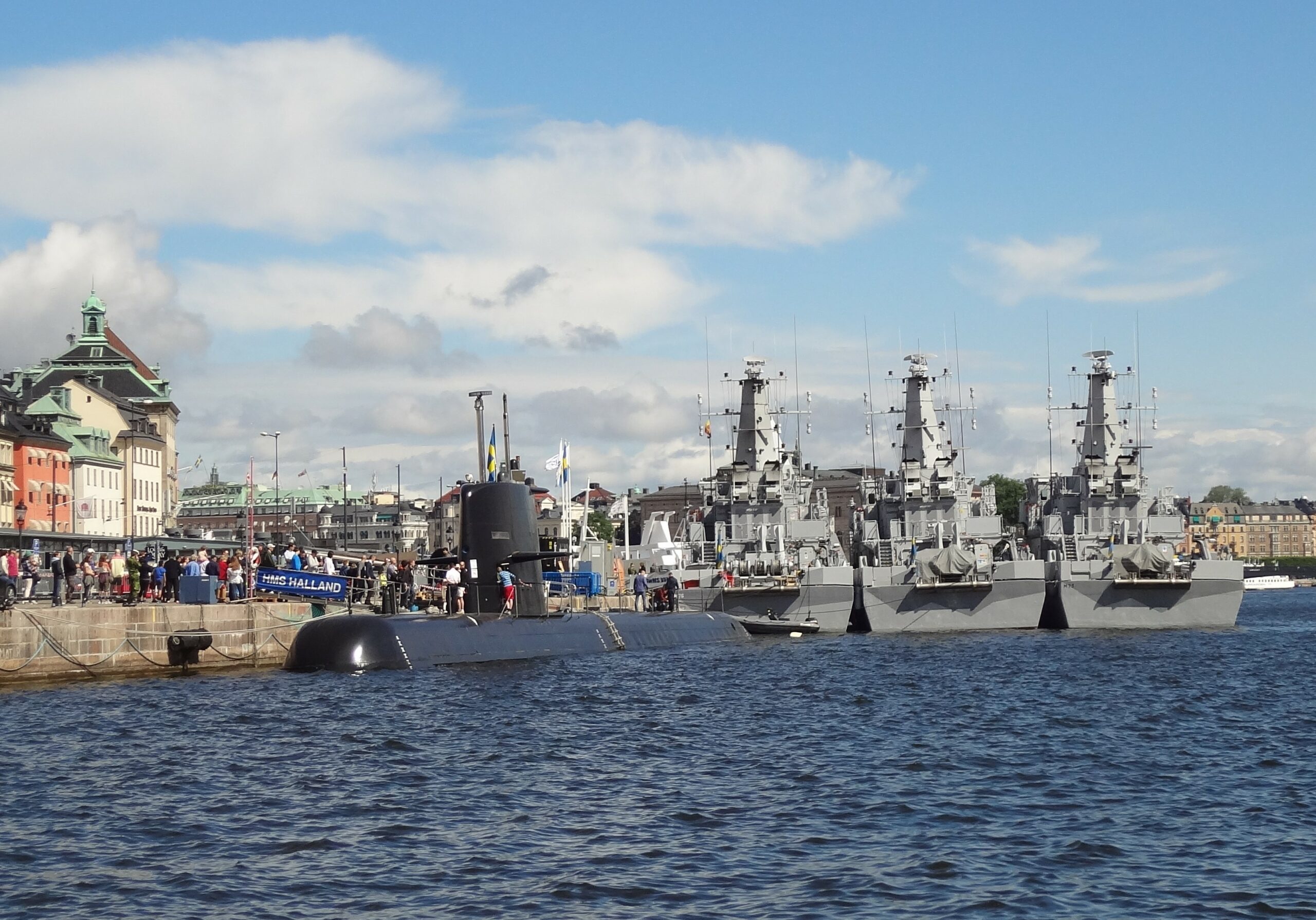
Ruotsi saa uuden sukellusveneen – näin se vaikuttaa Itämerellä | Verkkouutiset
Länsinaapuri on tauon jälkeen jatkanut vedenalaisten kehittämistä.
www.verkkouutiset.fi
Ruotsalainen sukellusvene. Kuvituskuva. WIKIMEDIA COMMONS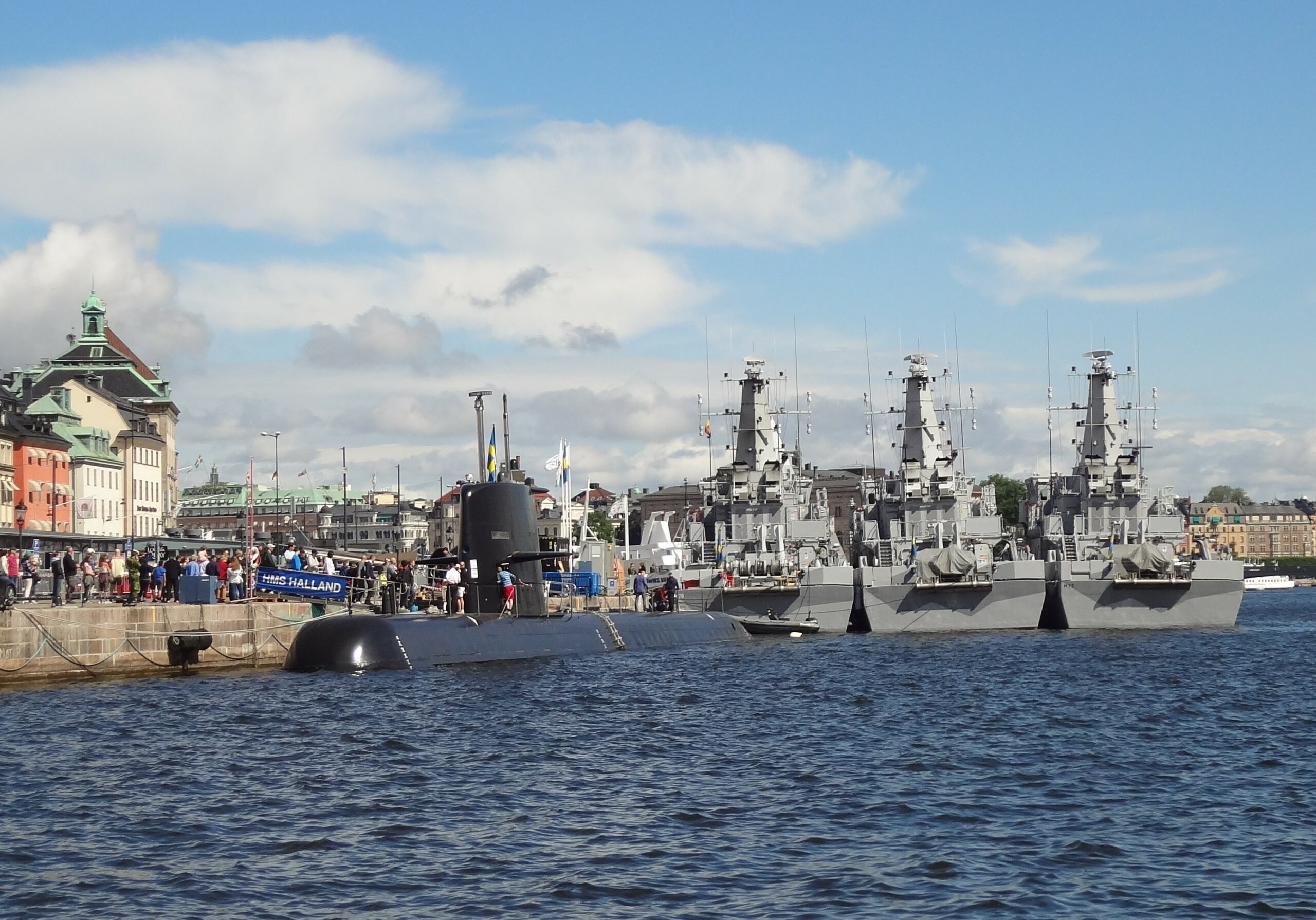
Ruotsi saa uuden sukellusveneen – näin se vaikuttaa Itämerellä
Länsinaapuri on tauon jälkeen jatkanut vedenalaisten kehittämistä.
- VILLE MÄKILÄ
- JULKAISTU 05.08.2022 | 07:20
- PÄIVITETTY 05.08.2022 | 08:51
Ruotsi on saamassa ensimmäisen uuden sukellusvenemallinsa 30 vuoteen, kertoo New Atlas.
Kyseessä on Saabin valmistama Blekinge-luokan (A26) sukellusvene, joka laskettiin liikkeelle kesäkuun lopulla samalla kun Ruotsi odottaa liittymistä Natoon.
Ruotsin uusi sukellusvenemallisto muuttaa turvallisuustilannetta Itämerellä ja on New Atlaksen mielestä uudessa Nato-kontekstissa ”todellinen game changer”. Vaikka Ruotsi on välttynyt sotilaallisilta konflikteilta satojen vuosien ajan, maa on osannut varautua sotilaallisiin uhkiin ja on kehittänyt sukellusveneitä jo toisesta maailmansodasta lähtien.
Ruotsi suunnitteli jo 1960-luvulla pieniä lyhyen kantaman ydinsukellusveneitä käytettäväksi Itämerellä. Hanke ei koskaan toteutunut käytännössä, mutta monet sen ominaisuudet päätyivät perinteisiin sukellusveneisiin.
Kylmän sodan aikana Ruotsi jatkoi sukellusvenemalliensa kehittämistä edelleen, mutta kehitystyö pysähtyi kylmän sodan päätyttyä 1990-luvulla. Nyt Ukrainan sodan myötä muuttunut turvallisuustilanne Euroopassa on saanut Ruotsin jatkamaan vedenalaisten kehitystyötä.

